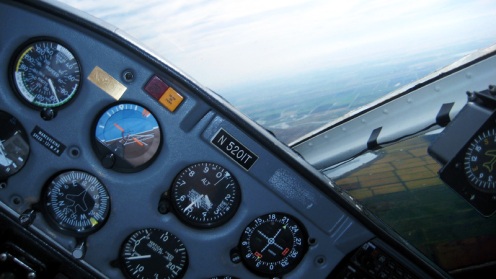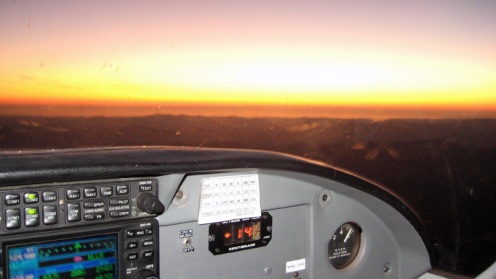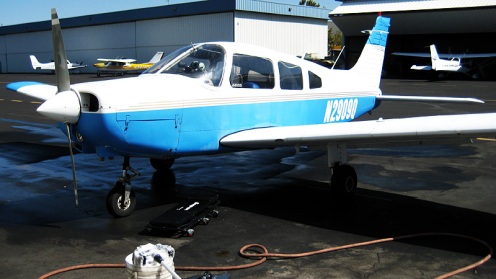Originally I had plans on making a post about Chandelles.I decided to post about something a little more relevant to today’s flight. Don’t get me wrong, we did Chandelles again, this is just more interesting. The much-anticipated Chandelle post will have to wait, sorry.
A TFR, or Temporary Flight Restriction, is a NOTAM (Notice to Airmen, pilots like acronyms huh?) which is regulatory in nature and restricts certain parts or specifies use of airspace. TFRs are issued for situations like airshows, firefighting, space operations, military operations, or, like today, to “protect the President, Vice President, or other public figures.” Just my luck.
This TFR meant a little more work for a simple training flight. The “inner core” of the TFR, situated around SFO, was restricted to all aircraft. Livermore was in the 30 nm radius outer core, which meant we could fly providing we met certain provisions. I had to file a flight plan to and from Livermore to get us outside the TFR to the central valley and maintain a specific squawk code in our transponder so ATC could easily identify us . We stayed in close contact the entire time with ATC. There is almost never a situation in which I don’t mind seeing fighter jets, EXCEPT when they are interested in me. Goal of the day for us and everyone else in the air: DO NOT BREAK TFR RULES; DO NOT GET INTERCEPTED BY FIGHTER JETS. Don’t believe me? It happened in Seattle not too long ago rocking the greater Seattle area with a sonic boom.
The TFR Map
Once in the the practice area, safely outside the TFR, it was back to business as usual (besides staying in close contact with ATC for precautionary reasons). We did Steep Turns, Spiral-180 descents, Chandelles, various types of landings, and stalls. Fun stuff. I even managed to snap a few pictures of the Steep Turns while the instructor was at the controls.
Getting more comfortable with the maneuvers so next week will be adding more maneuvers to the menu: Lazy-Eights and Eights-on-Pylons.




















